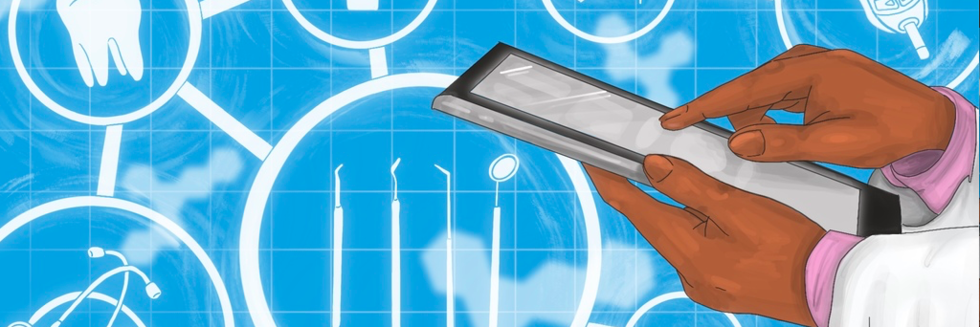Talla S, Flowerday C, Dickinson M, Braun PA. Does oral health goal setting during medical visits improve parents' oral health behaviors?. J Public Health Dent. 2024;84 :28-35.Abstract
OBJECTIVES: The Rocky Mountain Network for Oral Health (RoMoNOH) promotes the delivery of preventive oral health services (POHS) to children receiving care at community health centers (CHCs) in Arizona, Colorado, Montana, and Wyoming. One POHS is oral health goal setting (OHGS). This study aimed to evaluate the effect of OHGS during medical visits on parent/caregiver-reported oral health behaviors (OHBs). METHODS: The RoMoNOH implementation team trained CHC healthcare providers in POHS, including caries risk assessment, oral health education, fluoride varnish application, dental referrals, and parent/caregiver oral health engagement. To promote parents' oral health engagement, healthcare providers were trained in motivational interviewing (MI) with OHGS at medical visits. To evaluate the impact of MI with OHGS on parent/caregiver OHBs, a healthcare team member invited parents/caregivers to complete a baseline survey after their medical visits. The evaluation team sent a follow-up survey after 10-14 days. The surveys measured parents/caregivers' goals, confidence in goal attainment, OHBs, and sociodemographics; the follow-up survey also measured OHGS attainment. Improvement in parent/caregiver-reported OHBs was tested with a paired t-test and unadjusted and adjusted multiple linear regression. RESULTS: In total, 426 parents/caregivers completed the baseline survey; 184 completed both surveys. OHBs, including toothbrushing frequency, stopping bed bottles, drinking tap water, and brushing with fluoride toothpaste improved over the evaluation interval. After adjusting for covariates, brushing with fluoride toothpaste (p = 0.01), drinking tap water (p = 0.03), and removing bed bottles (p = 0.03) improved significantly. CONCLUSION: MI with OHGS with parents/caregivers during medical visits has potential to improve OHBs on behalf of their children.
